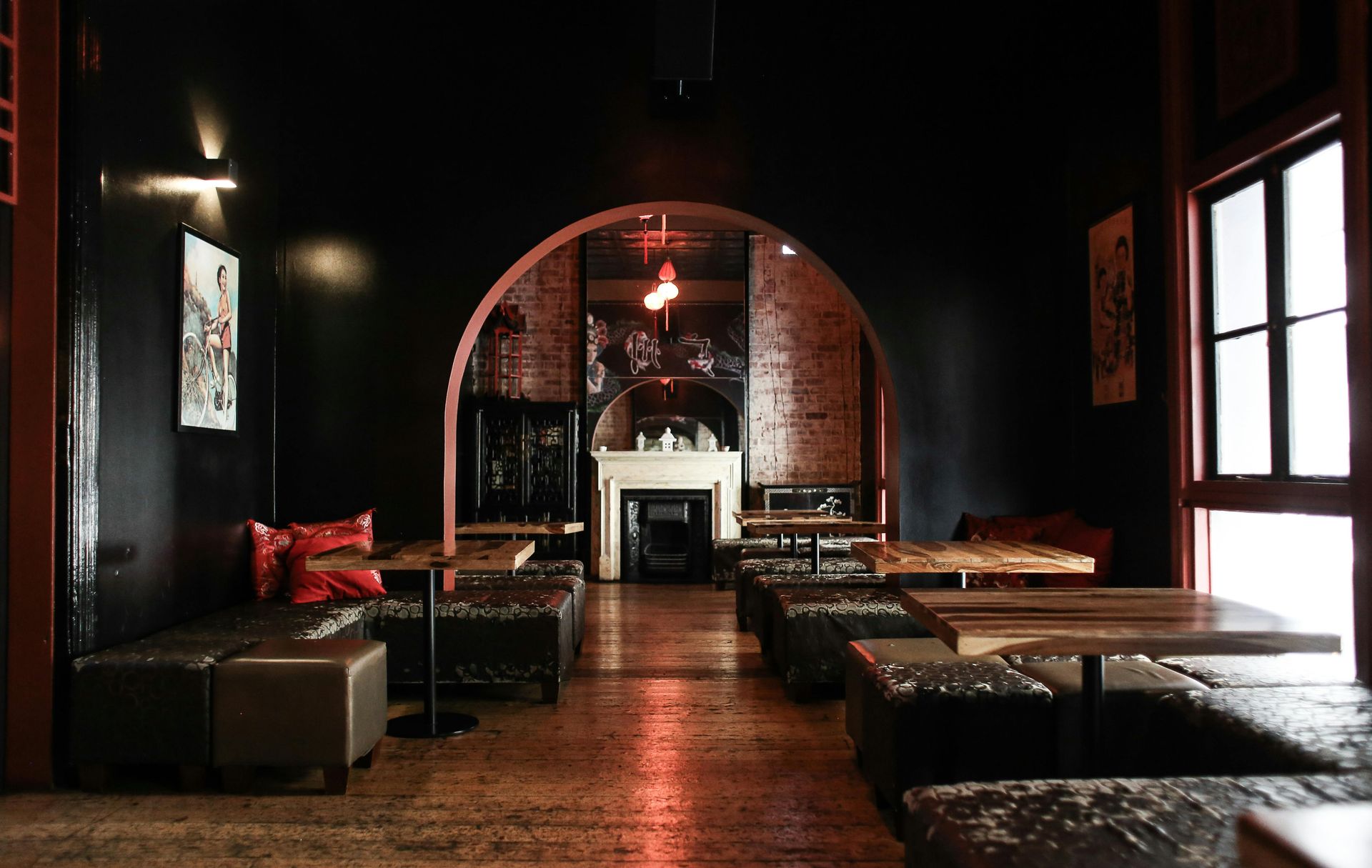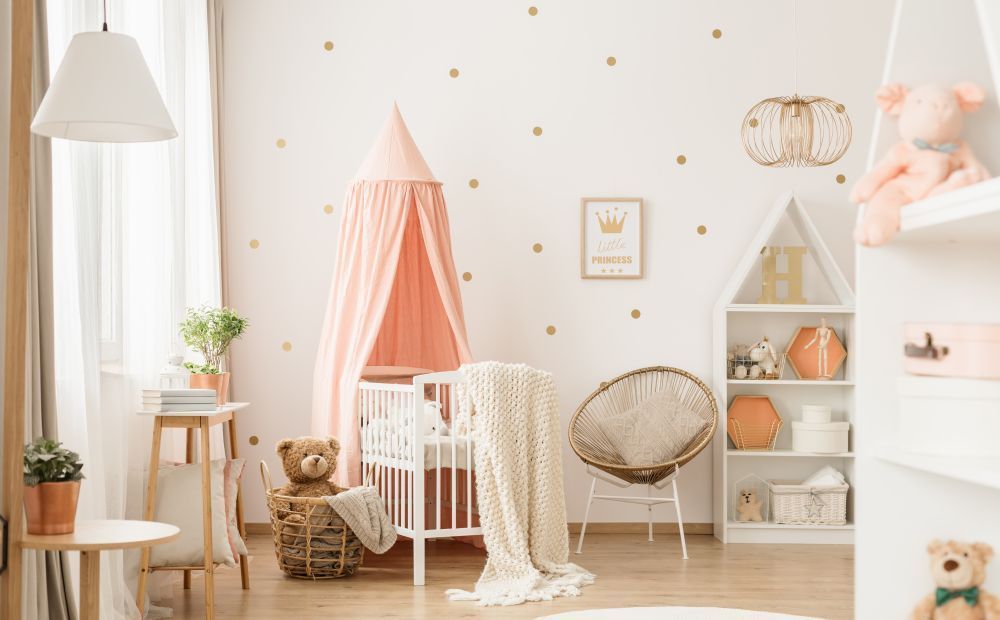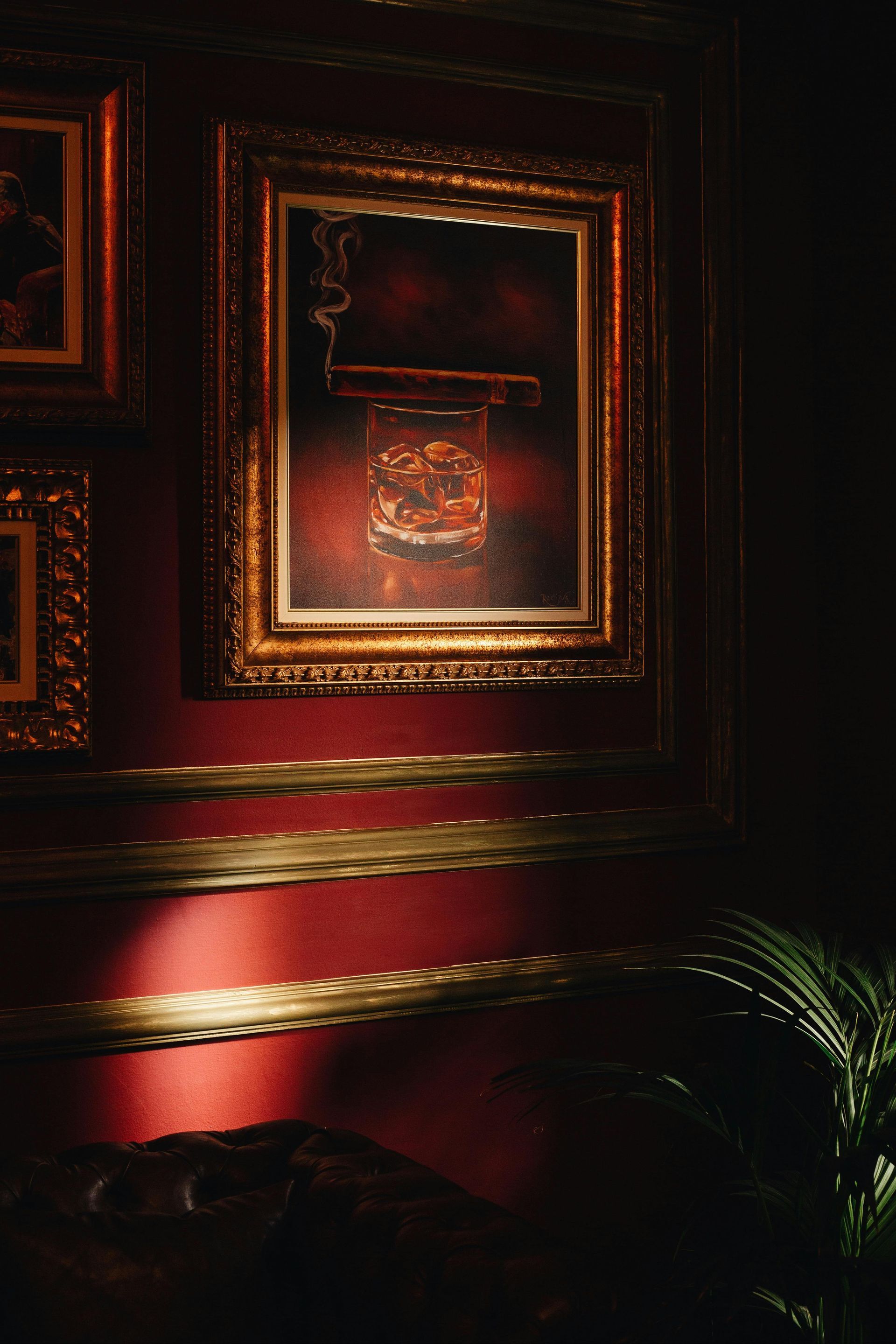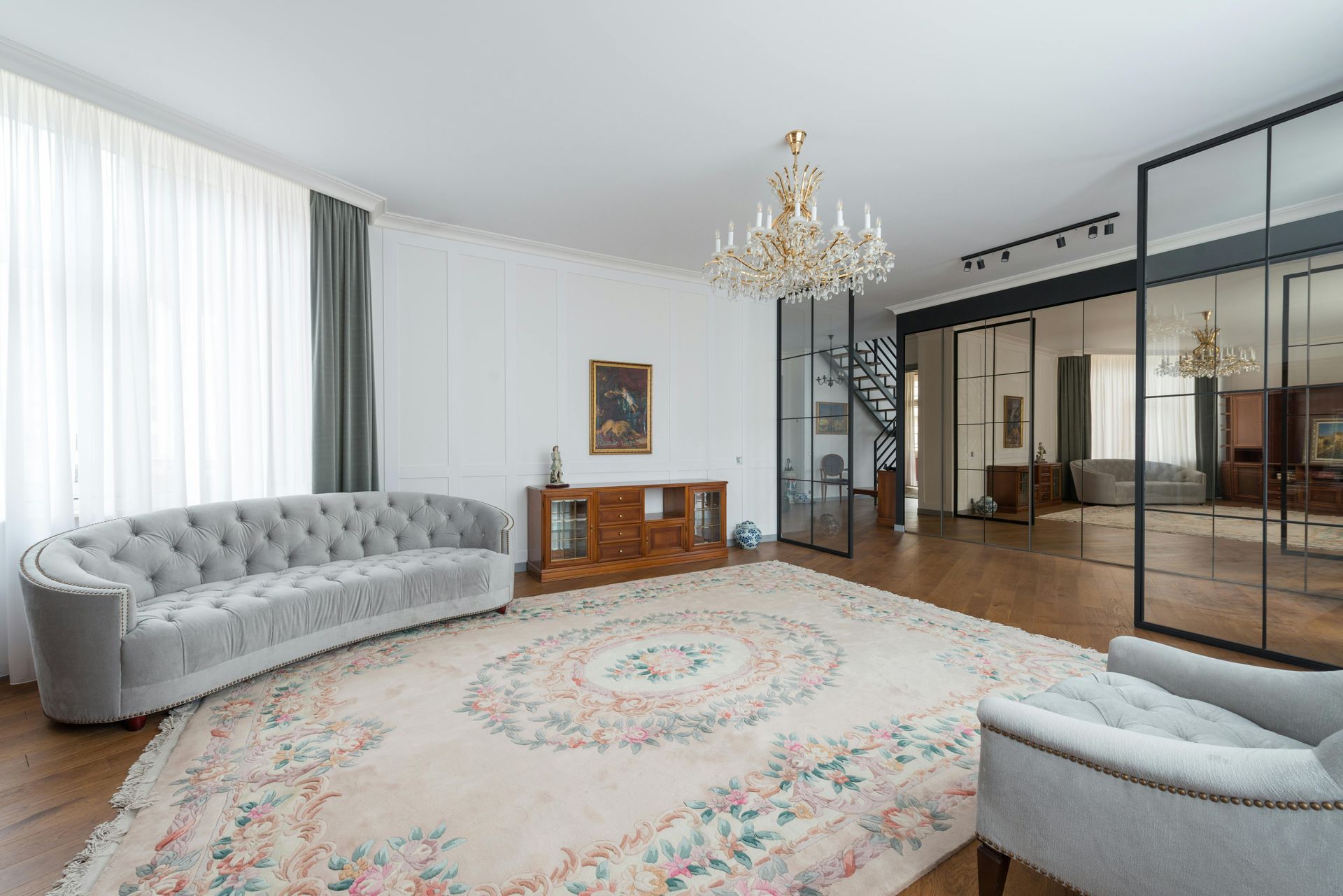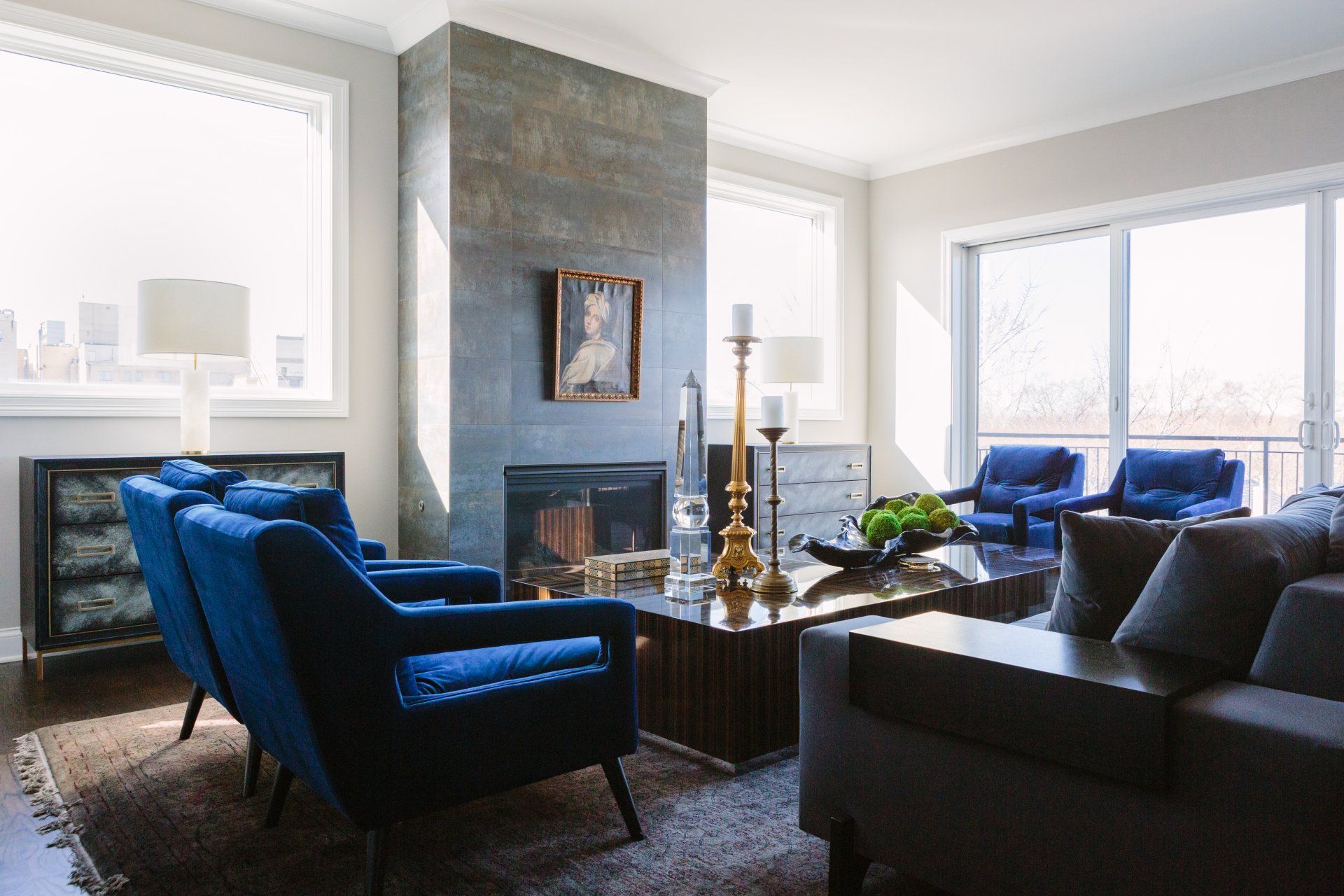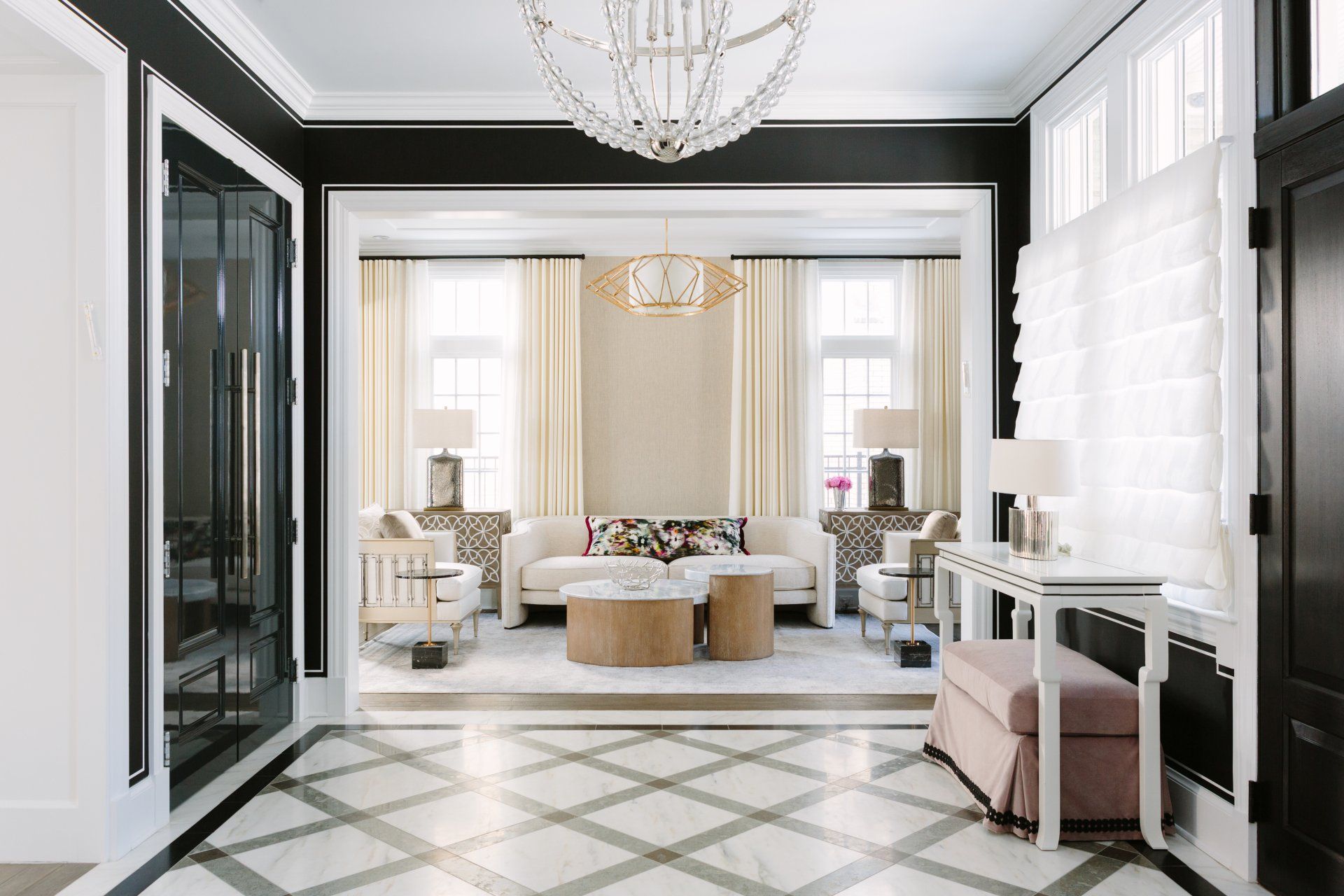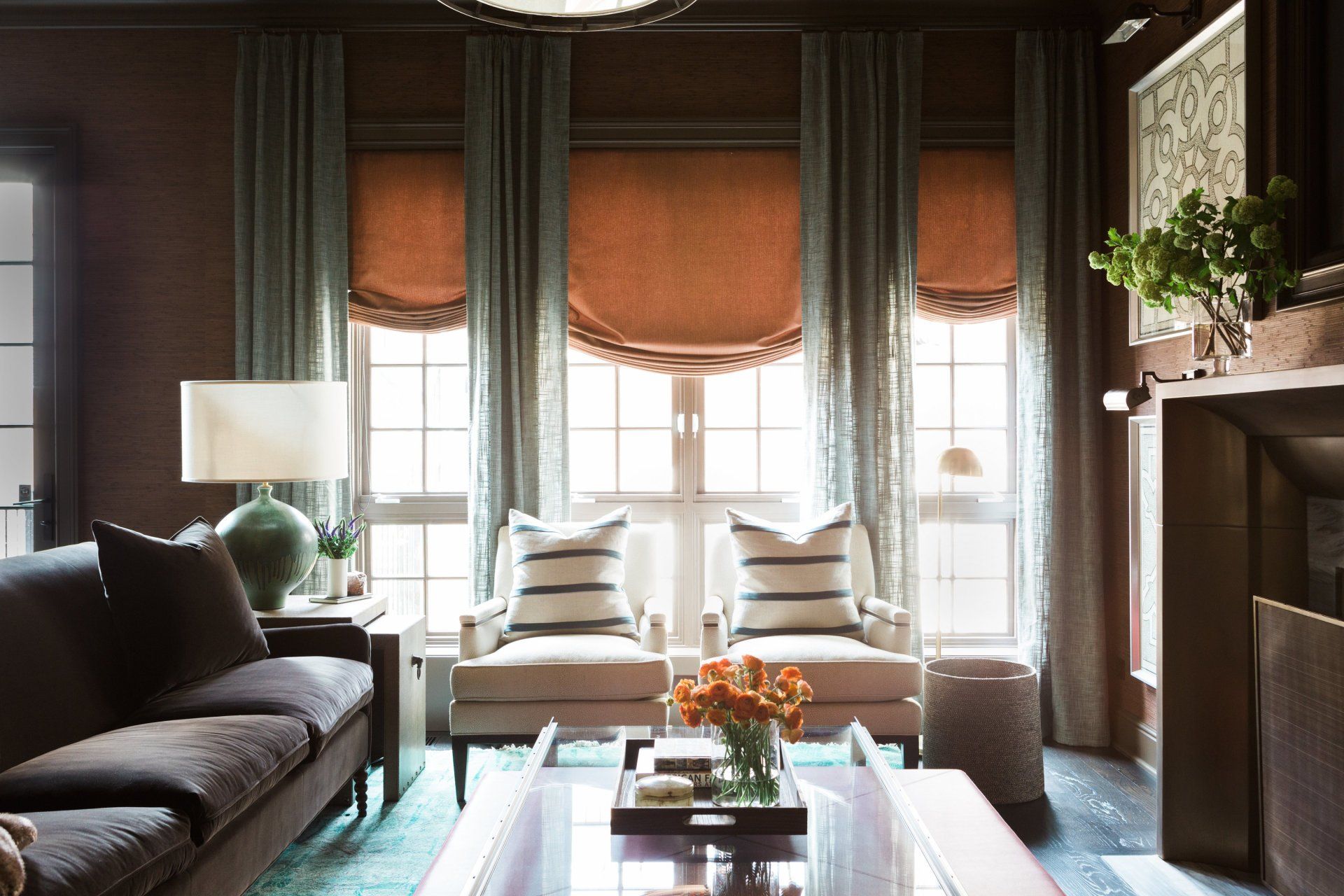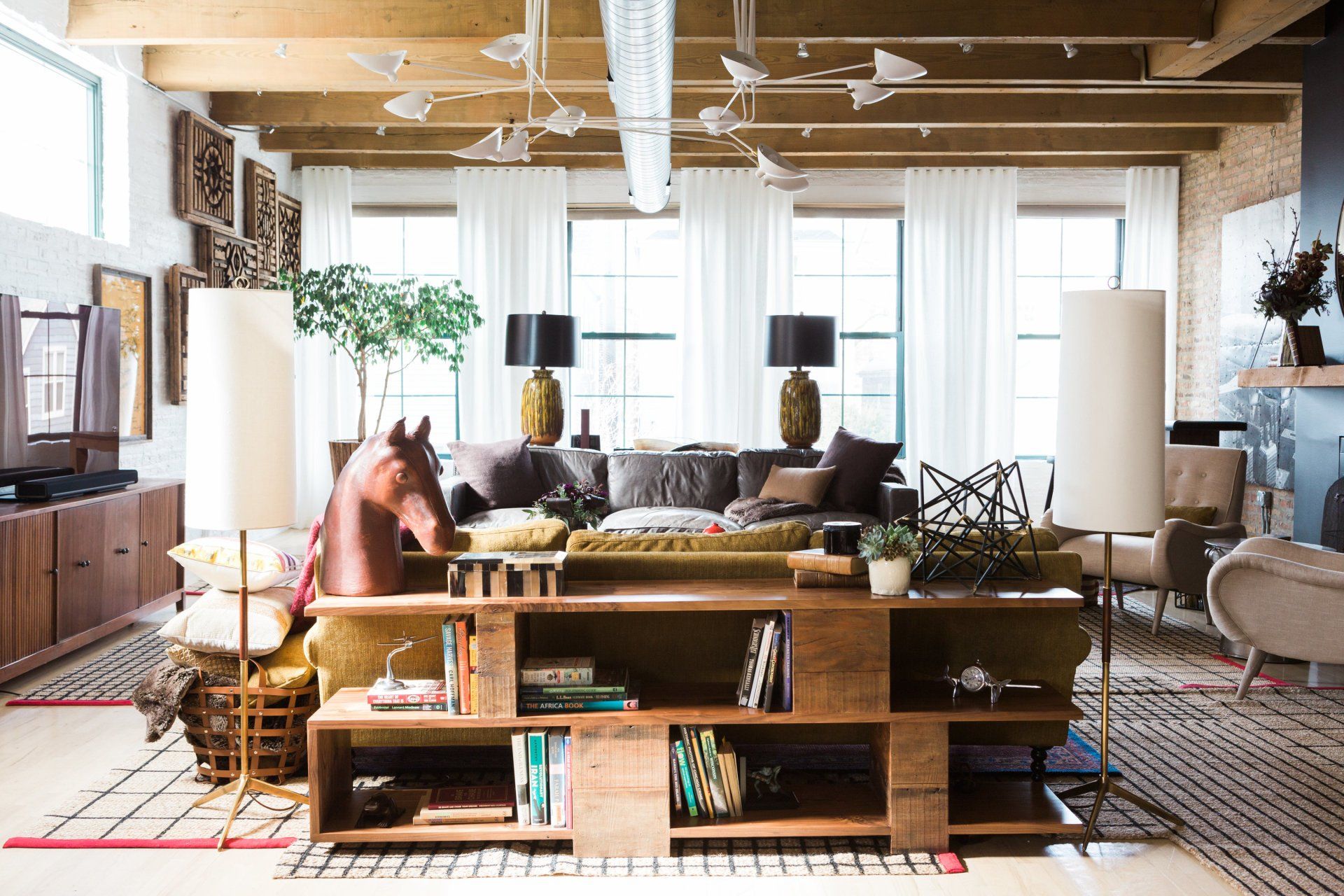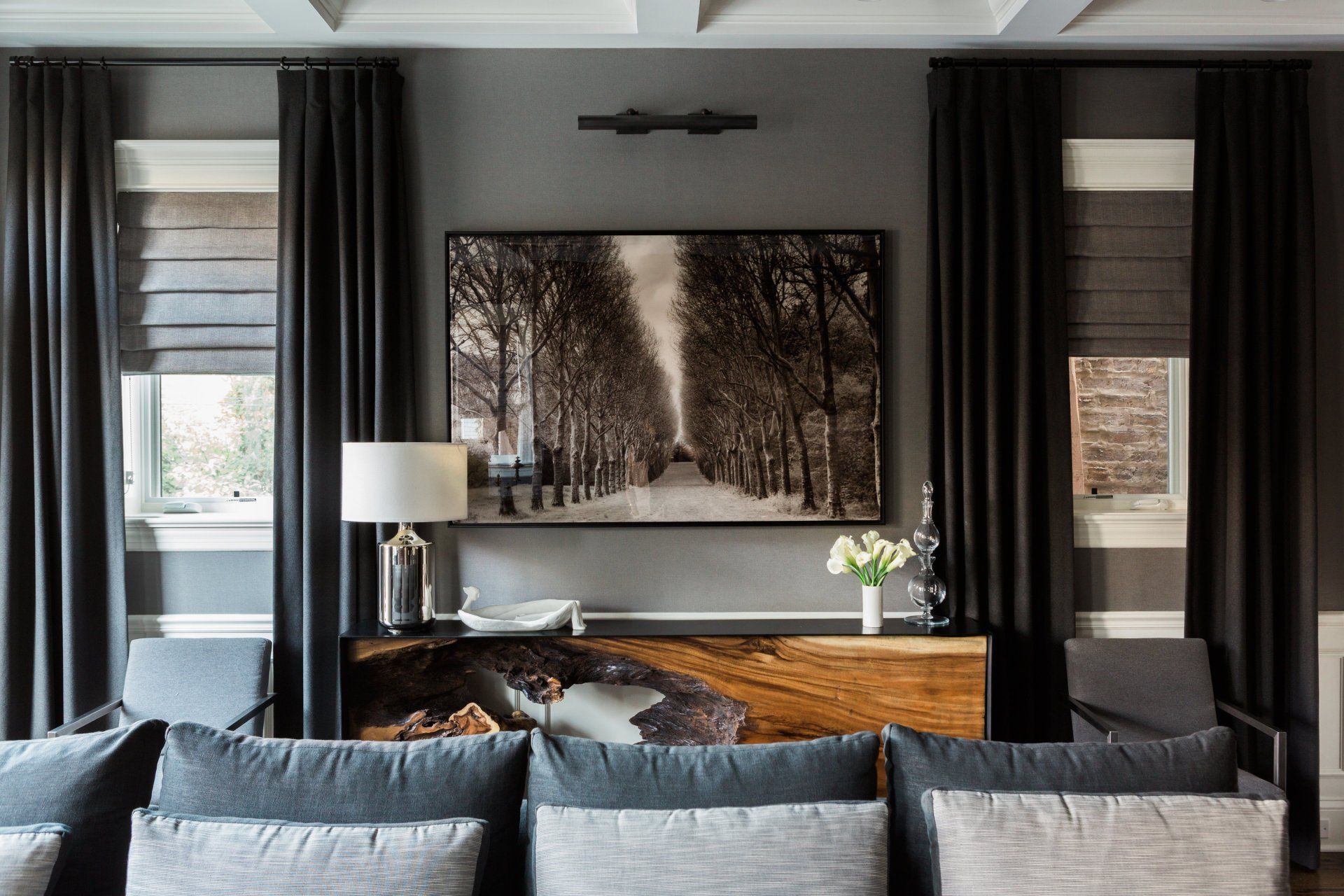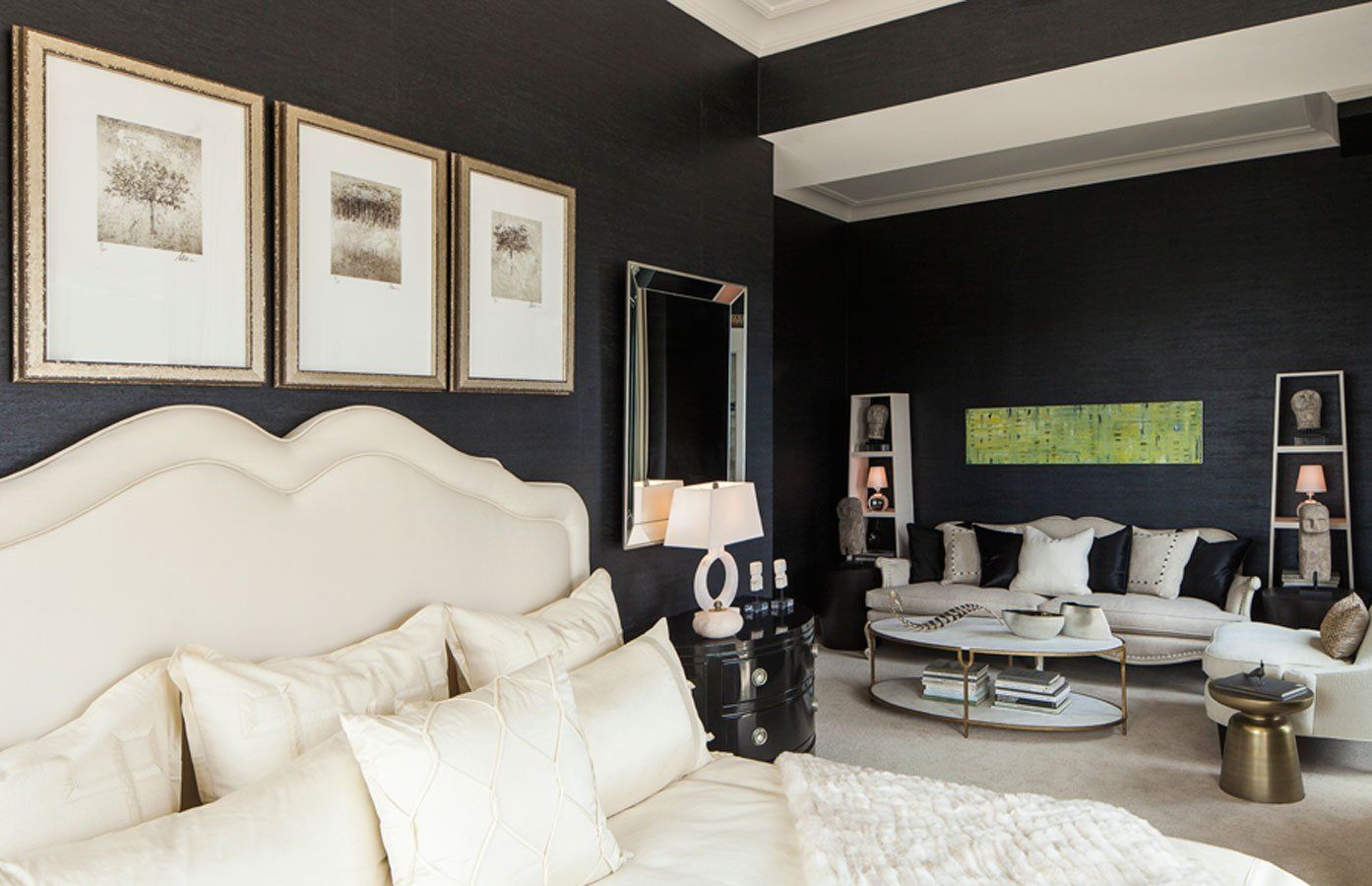What is Commercial Interior Design?
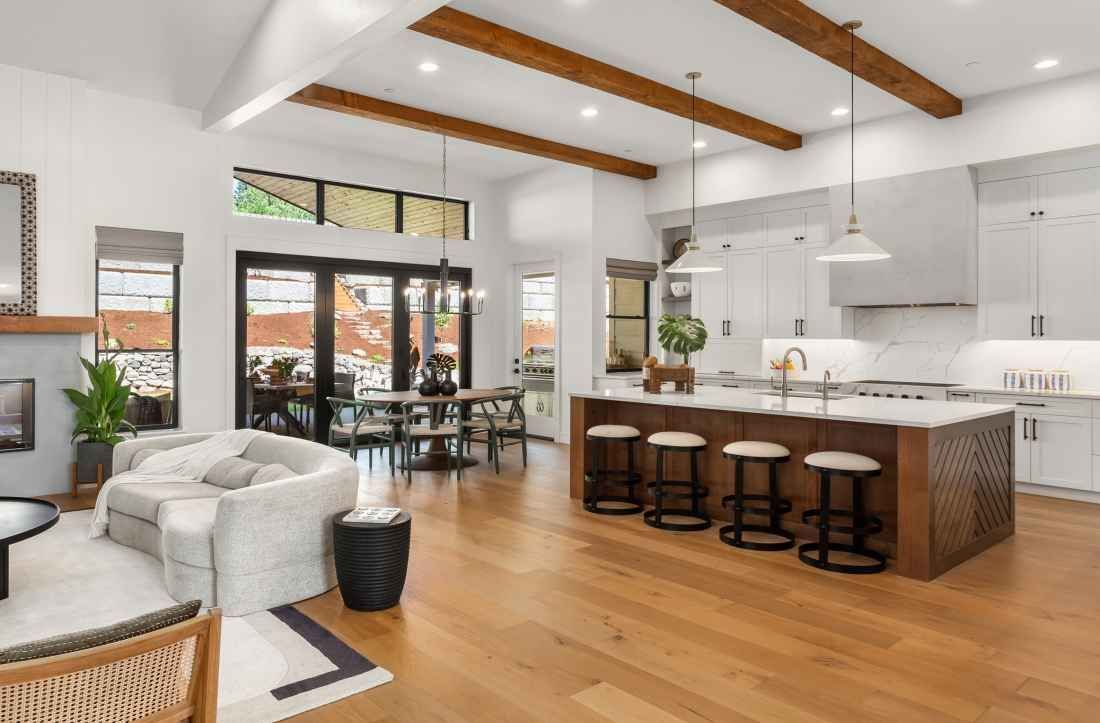
Commercial interior design plays a crucial role in creating professional spaces that are not just functional but also visually appealing. It encompasses a broad spectrum of design services aimed at enhancing various commercial environments such as offices, retail spaces, and hospitality establishments. This article will explore the nuances of commercial interior design and the benefits it brings to businesses.
Understanding Commercial Interior Design
Commercial interior design focuses on the planning and design of interior spaces in various commercial settings. Unlike residential design, which caters to personal preferences and comforts of individuals, commercial interior design targets an audience and aims to reflect the brand and values of a company. It involves careful coordination between aesthetics, functionality, safety, and accessibility.
Designers in the commercial sector often work on projects that range from office interior design to larger-scale projects like hotel lobbies, retail stores, and restaurants. This scope requires a robust understanding of space management, materials, and regulations to create environments that meet the specific needs of the business while enhancing customer experiences.
Importance of Commercial Interior Design
The first impression is crucial in any business environment, and commercial interior design plays an essential role in establishing that. Whether it's through the use of colors that reflect your brand or the layout that promotes accessibility and flow, good design can enhance employee productivity and client satisfaction. Here are some key reasons why commercial interior design matters:
1. Enhancing Brand Identity
The design of a commercial space is a direct reflection of a company's brand and ethos. Commercial interior design allows businesses to express their identity through correctly curated aesthetics. A coherent design theme can help in solidifying brand recognition among clients and customers.
2. Improving Employee Productivity
An intelligently designed office interior can greatly improve employee performance. Space planning and layout can cultivate collaborative environments, while the choice of furniture, colors, and lighting significantly affects worker morale and productivity. Thoughtful use of space helps to reduce distractions and create areas that are conducive to both teamwork and individual tasks.
3. User and Customer Experience
The customer experience starts the moment they enter a commercial landscape. Effective commercial interior design enhances user understanding and navigation through the space. It ensures that design elements like seating arrangements in a restaurant or product placements in a retail store facilitate an intuitive experience, leading to higher engagement and sales.
Key Elements of Commercial Interior Design
To successfully execute commercial interior design, various elements must be considered. Here are some of the critical aspects of interior design services offered in this sector:
1. Space Planning
Space planning is arguably one of the most foundational elements of commercial interior design. It involves the strategic distribution of furniture and fixtures to create an efficient flow of movement across the space. This is particularly vital in office interior design where layout can either enhance or hinder productivity.
2. Aesthetic Factors
Aesthetics encompasses all visual elements of a design such as color schemes, materials, textures, and finishes. By selecting elements that align with the brand, designers can create impactful environments that resonate emotionally with both employees and customers.
3. Functionality and Efficiency
Commercial spaces are all about functionality. Interior design services aim to create environments that meet specific operational needs. This includes ensuring that the space adheres to safety regulations, supports intuitive movement, and accommodates future changes and growth.
4. Lighting Design
Lighting is critical in commercial spaces for both ambiance and functionality. It can be used to highlight certain areas, create mood, and enhance productivity. An effective commercial interior design incorporates diverse lighting solutions that meet the needs of the space.
Final Thoughts
Commercial interior design is an essential aspect of today’s business landscape that goes beyond mere aesthetics. It involves a meticulous balance between creativity, functionality, and practicality to enhance workplace productivity and customer experiences. By leveraging expert interior design services, businesses can ensure that their commercial spaces are not only appealing but also effectively serve their strategic objectives. Whether it’s through thoughtful office interior design or engaging retail environments, the right design can be a significant asset for any brand. Embracing commercial interior design is more than an investment in space; it's an investment in the future success of the business.



